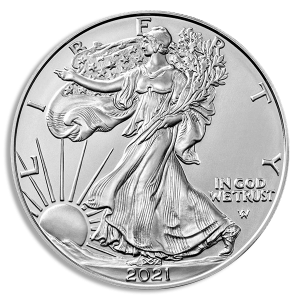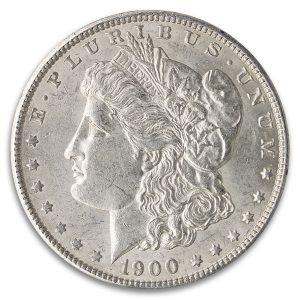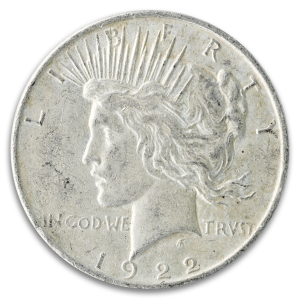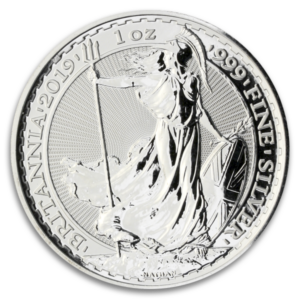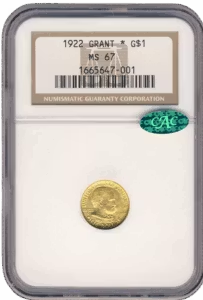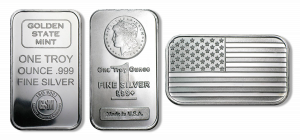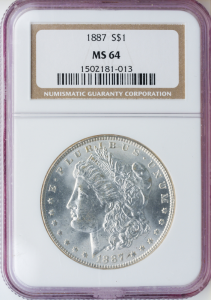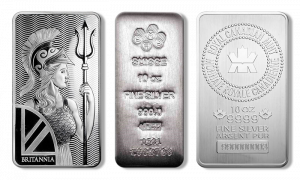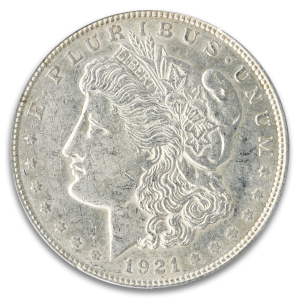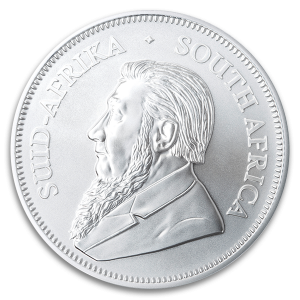1914 $2.50 Indian PCGS MS65
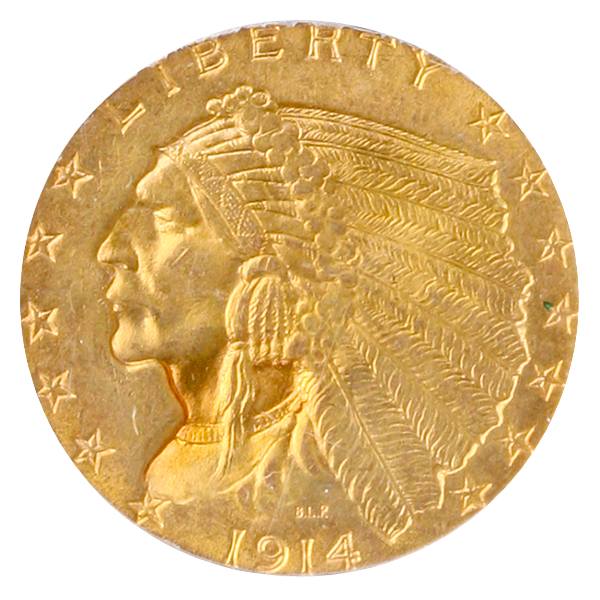
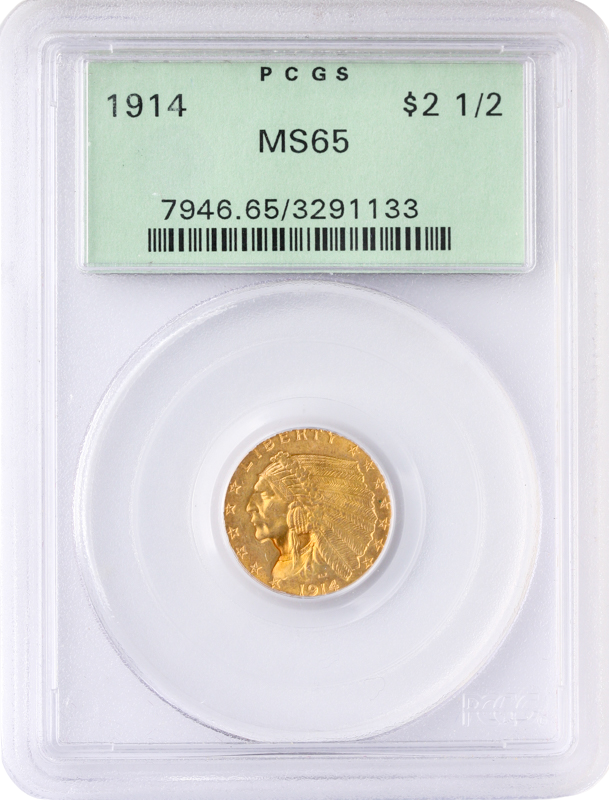

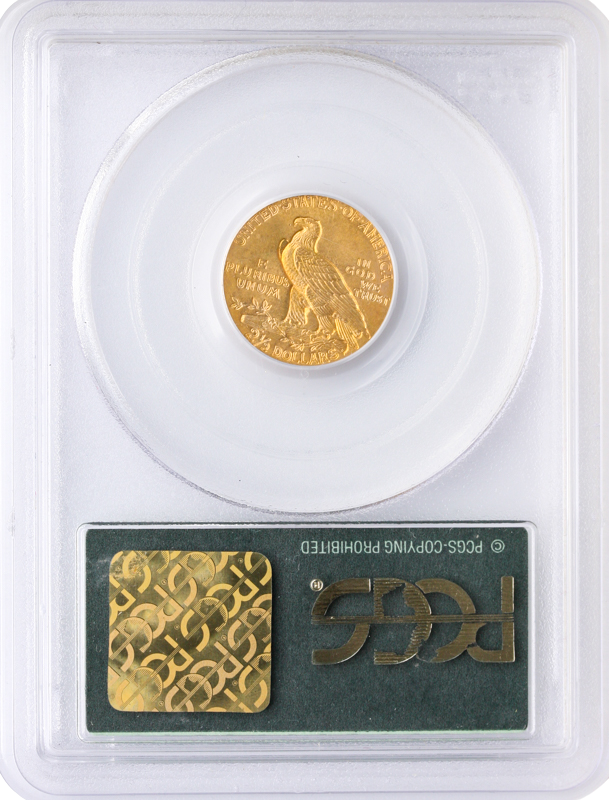



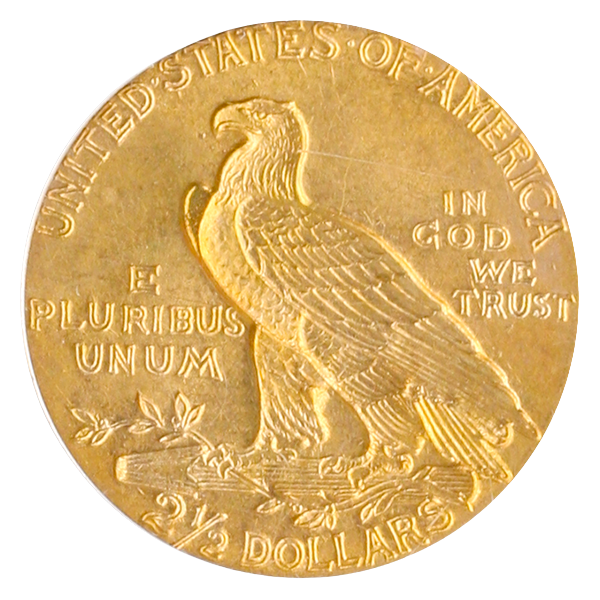

2025/12/17
You need to work on your check out process but I am always happy with my purchase...thank you!
2025/12/16
QUICK AND EASY
2025/12/14
Fast & efficient.
2025/12/11
I wish they were open a little longer, for west coast customers.
2025/12/09
So easy to order! Nice people! Have never had a problem with any order over the years!
2025/12/07
Easy
The 1914 $2.50 Indian Head Gold Quarter Eagle is a stunning example of America’s early 20th-century coinage innovation. Designed by Bela Lyon Pratt, this issue is celebrated for its bold incuse (sunken relief) design, a feature that sets it apart from nearly all other U.S. coins. Struck during a period of artistic transformation in American numismatics, this coin reflects both the ingenuity of its creator and the vision of a nation entering a new era of progress and artistry.
The Indian Head design was introduced in 1908, following President Theodore Roosevelt’s campaign to elevate the beauty of U.S. coinage. Pratt, a student of renowned sculptor Augustus Saint-Gaudens, broke from tradition by engraving the design below the surface of the coin rather than in raised relief. This innovative style gives the piece a distinct texture and depth, with the portrait of a Native American chief surrounded by thirteen stars and the date below. The reverse depicts a proud bald eagle perched upon a bundle of arrows and an olive branch, representing both strength and peace.
The 1914 issue was produced at the Philadelphia Mint, with a total mintage of 240,000 coins. Although this is a modest figure, the real scarcity lies in high Mint State grades. Many examples were mishandled or stored in bags where the delicate incuse surfaces easily picked up marks. Coins that have survived in Gem condition (MS65), such as this one, are exceptional. The deep, even luster and clean fields of this piece showcase the design at its finest.
This example, certified MS65 by PCGS, exhibits strong visual appeal with sharp detail across the headdress and eagle’s feathers. The surfaces are remarkably well preserved, displaying only the faintest marks typical of the issue. The natural golden color glows with satiny brilliance, offering both originality and beauty. At this level, the coin stands among the best-preserved survivors of its date.
Collectors are drawn to the Indian Head Quarter Eagle for its artistry, compact size, and accessibility. Containing 0.1209 troy ounces of gold, it represents both a historic artifact and a tangible store of value. The series ran from 1908 to 1929, spanning a transformative era in U.S. history that included the rise of modern industry, the First World War, and the lead-up to the Great Depression. The 1914 issue, struck midway through the series, reflects this pivotal moment in America’s journey toward global prominence.
From a numismatic standpoint, the 1914 $2.50 Indian in MS65 condition is a significant find. Fewer than a few hundred examples have been certified at this grade level, and even fewer display such pleasing surfaces and luster. Its combination of scarcity, artistic design, and condition make it a standout piece for any pre-1933 U.S. gold collection.
Beyond its rarity, the coin holds cultural significance. Pratt’s depiction of a Native American chief was meant to honor America’s heritage and resilience, while the incuse technique demonstrated a bold step forward in design. This fusion of tradition and innovation continues to captivate collectors more than a century later.
The 1914 $2.50 Indian Head PCGS MS65 represents the very best of early 20th-century U.S. gold coinage. With its superb preservation, classic artistry, and lasting historical importance, it stands as both a visual masterpiece and a tangible piece of American heritage. For collectors seeking an example that embodies beauty, rarity, and craftsmanship, this Gem Indian Quarter Eagle is a true prize.
| Metal | Gold |
|---|---|
| Year | 1914 |
| Weight | 0.1209 |
Comparison Chart





